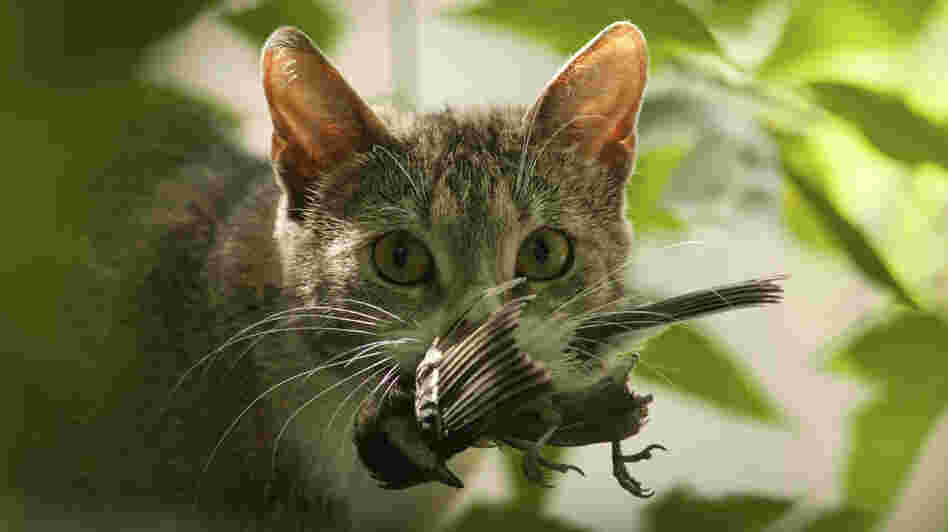Today I'd like to introduce you to some of the wonderful peculiarities of Celtic languages! Personally, linguistics is my favorite study within Celtic studies, because it is so wonderfully bizarre..
Celtic languages are located in their own branch of the Indo-European family tree, as you can see in the picture. This means that Celtic languages are Indo-European but are completely different from, say, English or French.
| Simplified version of Indo-European family tree |
To have or not to have
One of the peculiarities of some Celtic languages is that they lack the verb 'to have', which is kind of strange as it's a very common verb! Of course, that doesn't mean Celtic-speakers never own anything, they just express it differently..
 | ||
| Tá ocras ar an cat! 'Hunger is on the cat!' |
Tá cat agam! lit. 'A cat is at me!' meaning 'I have a cat!'
Níl cat agam.. lit. 'No cat is at me..' meaning 'I have no cat..'
bút
Tá ocras orm lit. 'Hunger is on me.' meaning 'I'm hungry'. English doesn't express 'to have' in this case, but for example Dutch does; Ik heb honger lit. 'I have hunger'.
Some examples in Welsh (Northern dialect)
Mae cath gen i lit. 'A cat is with me' meaning 'I have a cat . As you can see Welsh uses the preposition 'with' instead of 'at' or 'on'! No one said it was easy..
I can go on and on about this but in the end, this is what it comes down to. If you have a cat in Celtic languages, it is at you. And hunger is on you. How wonderfully weird, eh? :)
That's it for now!
Love, Lian
Sources photography:
Family tree by myself
Vishnevskiy Vasiliy/Stockphoto
Geen opmerkingen:
Een reactie posten